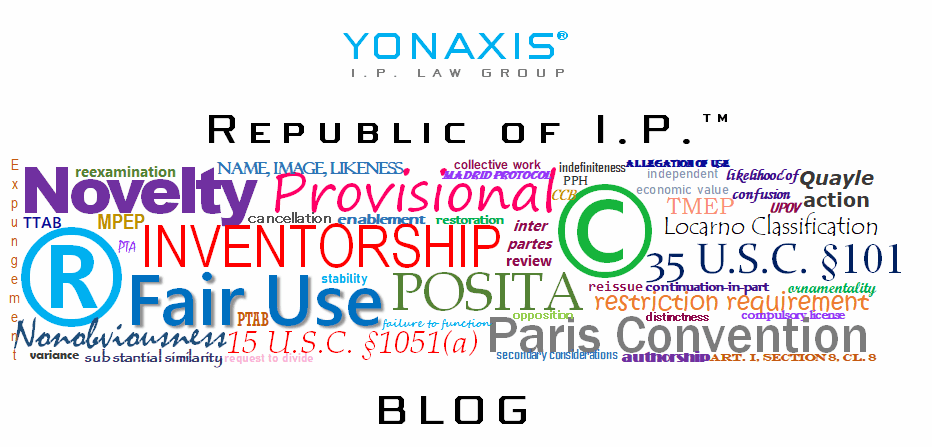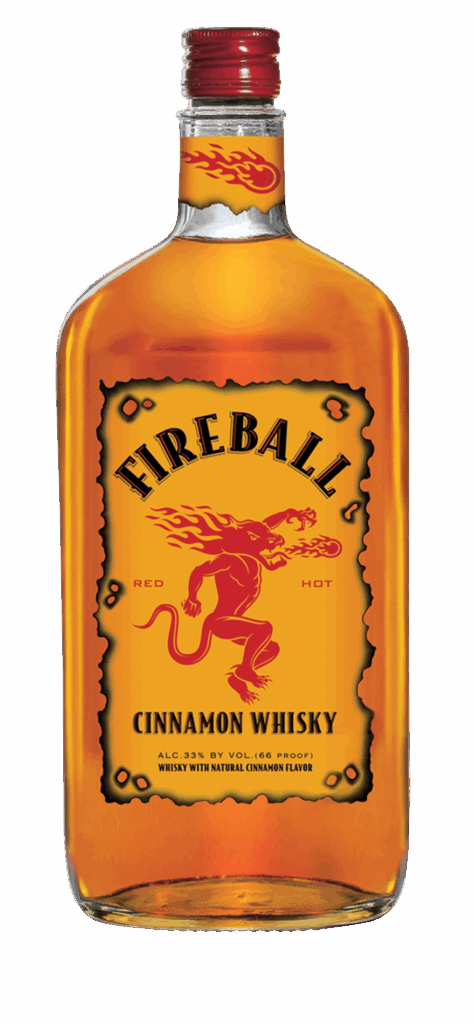Understanding Trademark Genericism
Trademark law exists to protect distinctive marks that identify the source of a particular good or service. However, when a trademark becomes so widely known that it no longer acts as a source identifier, but the mark primarily describes the product in which it is being used, it risks becoming “generic” and loses its status as a mark.
The doctrine of genericism recognizes that no company should have exclusive rights to terms that have become the common name for a product category. Classic examples include terms like “escalator,” “thermos,” and “aspirin” – all once protected trademarks that became generic terms for their respective product categories. In a significant ruling for trademark law, the Court of Appeals for the Federal Circuit determined that Sazerac’s FIREBALL trademark for cinnamon whisky is not generic, preserving the company’s valuable intellectual property rights. The case, Bullsine Distillery LLC v. Sazerac Brands, offers important insights into how courts evaluate claims of genericism and the standards that trademark owners must meet to protect their brands.
The Two-Step Test for Genericism
The two-part test1 when determining if a trademark has become generic is:
- What is the genus (or class) of goods or services at issue?
- Does the relevant public understand the term primarily as referring to that genus of goods or services?
The burden of proving genericism falls on the party claiming that a mark is generic. This requires substantial evidence that consumers view the term as the name of a product rather than as a brand identifier.
The FIREBALL Case: Adding Fuel to Trademark Law
In Bullsine Distillery LLC v. Sazerac Brands,2 Bullsine challenged Sazerac’s FIREBALL trademark, arguing that it had become the generic name for cinnamon-flavored whisky products. Bullsine sought to use the term freely to describe its own cinnamon whisky products.
The Court’s Analysis
The Federal Circuit carefully analyzed whether consumers primarily understand “fireball” as referring to cinnamon whisky in general, or whether they recognize it as Sazerac’s brand. The court considered several factors, which is consistent with the USPTO’s trademark examination rules (TMEP 1215.05(a)):
- Consumer Understanding: Survey evidence and market research indicated that consumers still associated FIREBALL primarily with Sazerac’s specific product rather than viewing it as a category name.
- Dictionary Definitions: The court noted that dictionary definitions did not define “fireball” as a type of cinnamon whisky.
- Usage in Media and Trade: While acknowledging some instances where “fireball” was used generically, the court found that predominant usage still treated FIREBALL as a brand name.
- Competitive Usage: Most competitors used terms like “cinnamon whisky” rather than “fireball” to describe their products.
Why FIREBALL Survived the Heat
The court ultimately concluded that FIREBALL had not become generic because:
- Sazerac had consistently enforced its trademark rights
- The term “fireball” was not the only way to describe cinnamon whisky
- Most consumers still recognized FIREBALL as indicating Sazerac’s specific product
- Alternative terms like “cinnamon whisky” or “cinnamon-flavored whiskey” were widely used to describe the product category
Takeaways
There are several valuable lessons for companies seeking to protect their trademarks:
- Active Enforcement: Consistently protecting your mark against potential infringement helps prevent genericism.
- Proper Usage: Always use your trademark as an adjective modifying a generic term (e.g., “FIREBALL Cinnamon Whisky” rather than just “Fireball”).
- Monitor Public Usage: Track how your mark is being used in media, marketing, and casual conversation to identify potential generic usage.
- Educate Consumers: When appropriate, educate the public about the proper use of your trademark.
- Document Brand Recognition: Maintain evidence that consumers recognize your mark as a brand identifier rather than a generic product name.
For businesses with strong brands, this case serves as a reminder of both the risks of potential genericism and the strategies available to prevent a distinctive trademark from becoming just another common product name. For more information on genericism and trademark law, please contact Yonaxis I.P. Law Group.
- TMEP 1209.01(c)(i). ↩︎
- ___F.4th___ (Fed. Cir. 2025), affirming Sazerac Brands, LLC v. Bullshine Distillery LLC, No. 91227653, 2023 WL 2423356, at *22 (Mar. 6. 2023). ↩︎

